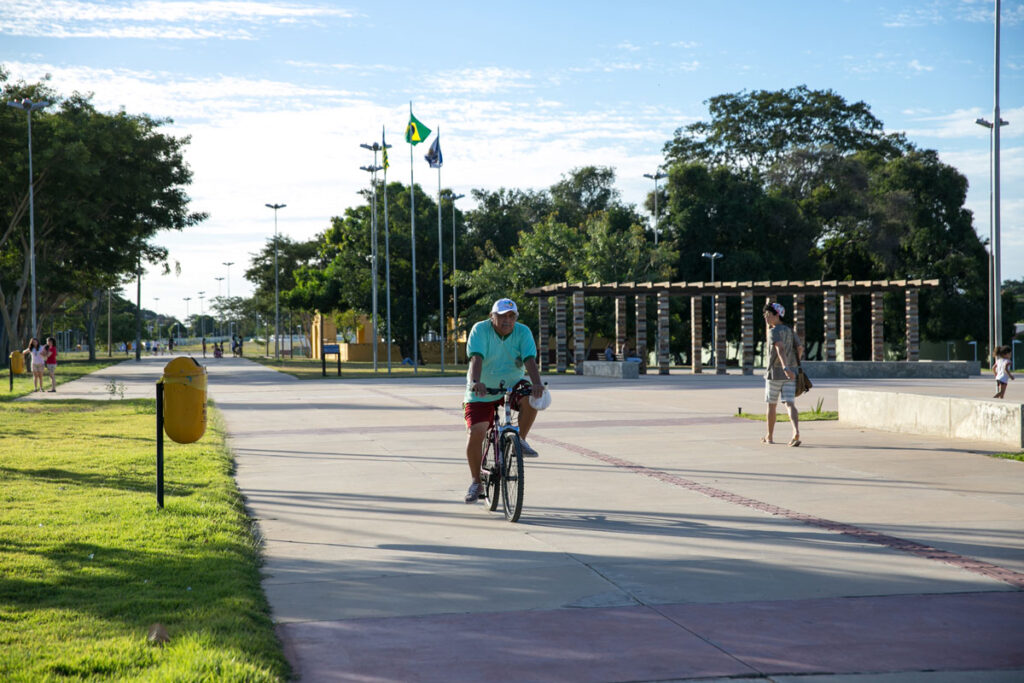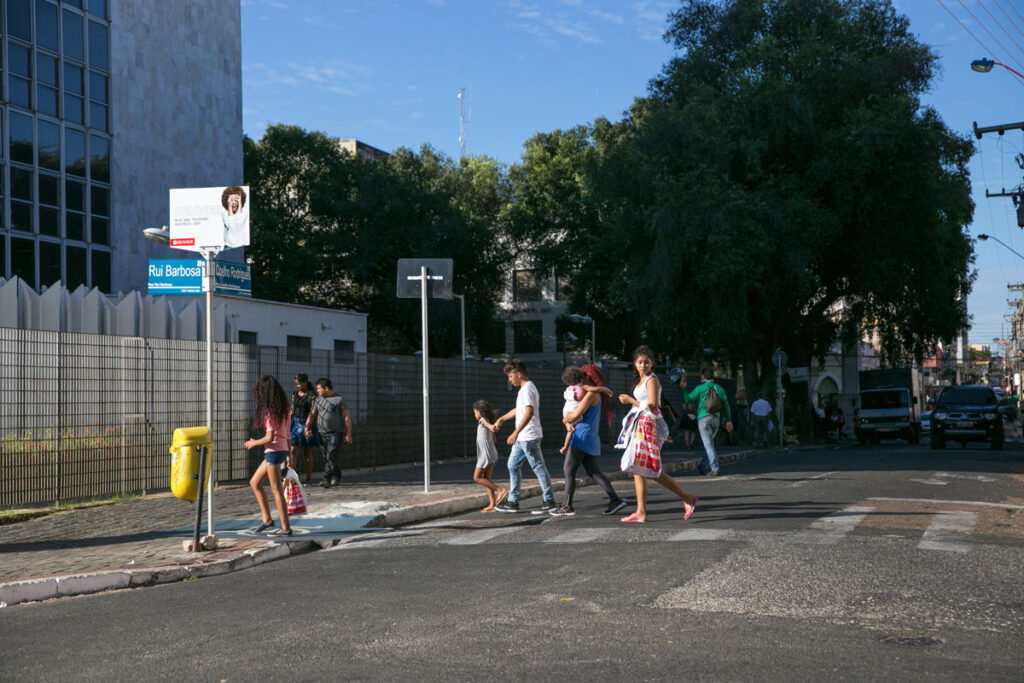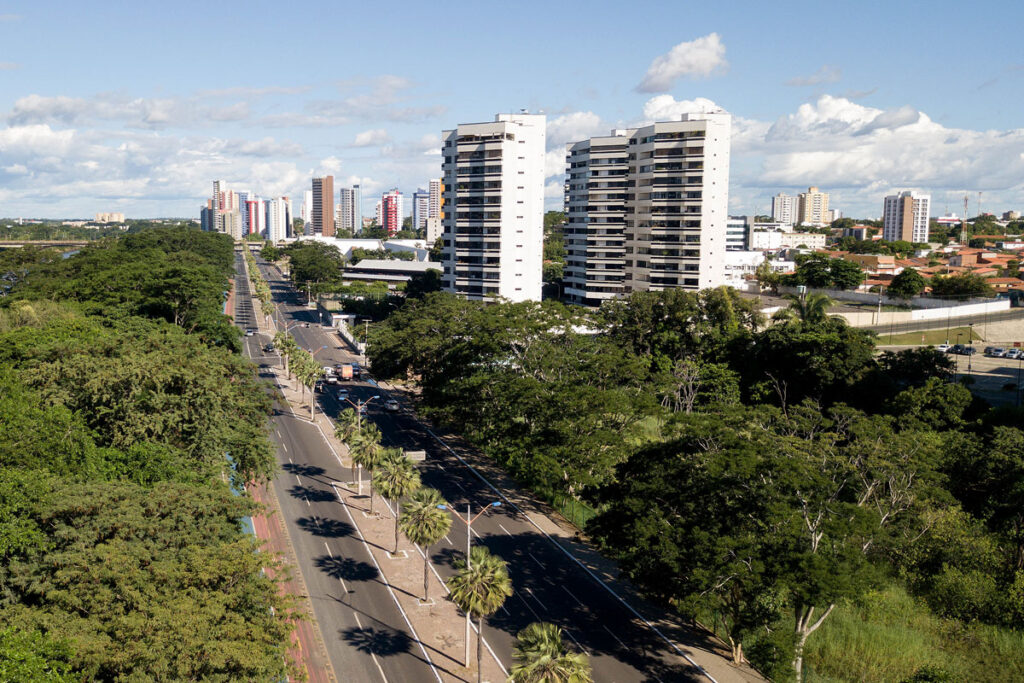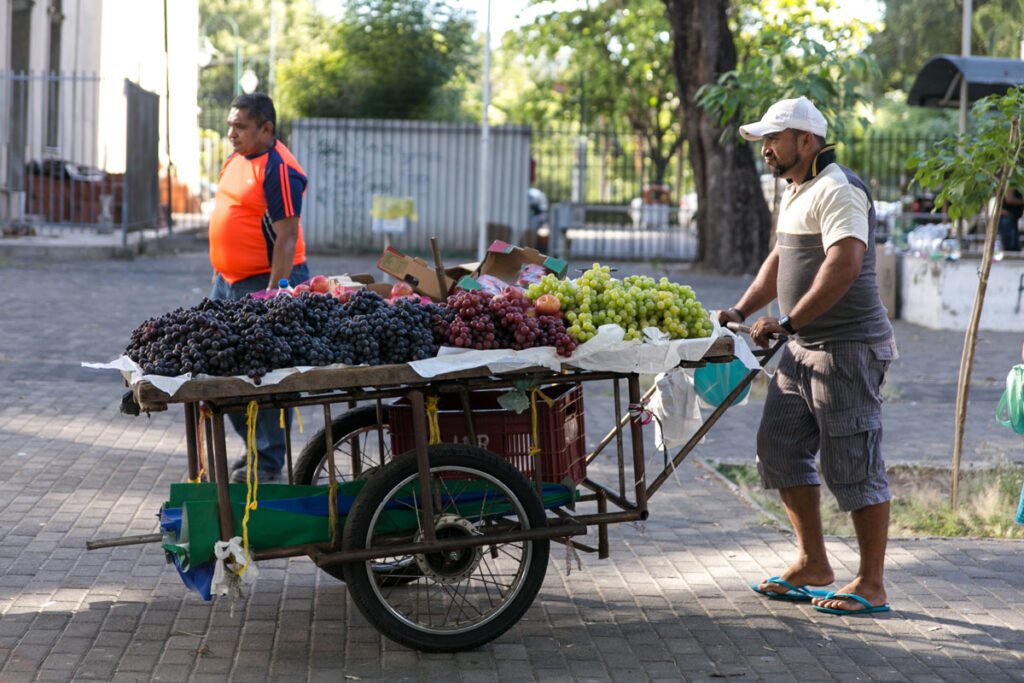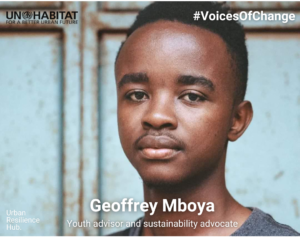“The program was a self-assessment—a therapy session for the city.”
This is how Cintia Bartz, coordinator of the urban planning sector of the municipality*, summarises the Teresina Resilience Program. Teresina’s experience with the City resilience Global Programme of UN-Habitat is a series of moments of insight and alignment between the local administration and multiple actors in the city. The collaboration led to an in-depth diagnosis of the city, the mapping of priorities and the definition of actions to enhance the resilience capacity of the city. Teresina is proud of going through the implementation process, which in Citia’s words, “has been enlightening.”
“With the resilience program, we had great engagement from the municipality working body—the secretariats started understanding that the issues they deal with on a daily basis have causes that converge with the challenges faced by other secretariat or sectors of the city. One affects the other, and they weren’t aware of it,” she added.
It all began during the Smart City Expo, where Teresina saw the experiences of other cities and got in touch with experts from the UN-Habitat’s City Resilience Global Programme. The program complemented existing climate mitigation and adaptation plans, which the city considered necessary. At that moment, the main issue to be addressed by Teresina was the water management—as the city is flat, surrounded by lagoons, and constantly shifting between severe rain and drought periods. From these spatial characteristics emerged many other problems in the city, such as floods, heat waves, and respiratory problems associated with wildfires.
The City Resilience Profiling Tool, used by Un-Habitat’s City Resilience Global Programme, allowed the local government to integrate efforts and move forward to achieve a sustainable future. Until that moment, the tools and guidelines used by the municipality were mainly sectoral and specific—making it harder for the city to have a larger view of the correlation between the different systems that make the city and take action. In the words of the administration: “We already had many projects to mitigate latent issues in the city, yet we weren’t so successful in solving those problems.”
UN-Habitat guided Teresina’s municipality into assessing the city’s multiple sectors, evidencing the influence and correlation between actors and issues, understanding hits and misses, and mobilizing multiple actors for building an integrative action plan to transform the city. The local government understood that analyzing the city through an interconnected perspective, or systems approach, is paramount for building resilience: “With the tool, we learned that planning goes beyond our previous idea of delivering a project and being able to finance its execution in an isolated way. Solutions require the engagement of many stakeholders to achieve real and positive long-term results.”
One of the main drivers of the successful implementation of the Resilience Programme in Teresina was the careful selection of the steering team and the Resilience Committee. From an early stage, the city understood that these two groups determined the quality of the diagnosis, the value of the recommended actions and the probability of implementation. For that reason, the municipality strategically selected members from different sectors and areas of expertise, guaranteeing complementary and necessary knowledge through all phases of the implementation. The city acknowledges that the excellent relationship established between secretariats made coordination between them easier: “The diagnosis happened at the beginning of the pandemic—in the midst of the global crisis. Even under these circumstances, we had an amazing involvement from all areas of the municipality—people were engaged since the starting phase.”
The partnership with UN-Habitat happened at a moment when Teresina was already implementing projects to work towards and monitor the Sustainable Development Goals, as sustainability was a priority for the administration. As a result, some issues had been identified, and many secretariats were already trying to address them. Using the tool, the local government had a clear understanding of the city and the complexity of its interconnected systems, leading to a clearer vision of its problems and a map of actors able to help them solve the priority issues. With the evidence-based diagnosis, the Resilience Committee could move beyond the existing different views and priorities to a collective analysis of problems and the definition of goals and integrative actions.
Engaging people from different sectors in the process was a challenge. Yet, Ms. Bartz highlighted the high involvement of internal and external actors among all the benefits of implementing the tool. The local government’s open approach and the team’s commitment were crucial to facilitate access to key external actors and further information. It was already part of the administration’s practices to promote dialogues with the civil society and other institutions like universities to bring them closer, so, for Cintia, the collaboration door was already open.
Access to information played a significant role in the following step of the implementation to define the Action for Resilience plan (A4R). The previous collaboration was the strongest asset.
“External stakeholders recognize the program’s implementation as something they participated in—they know why it’s crucial to combine strengths and efforts to execute the plan.”
Teresina considers the experience highly valuable. Understanding that problems can be much more complex and have causes they were unaware of is helping them design new and more effective solutions that integrate multiple stakeholders. The programme allowed them to evaluate their actions in the municipality and rethink their efforts—where and how they should adjust and with whom to partner to improve the city. They now see that shifting to an urban planning approach that deals with issues in advance by reducing chronic stresses can prevent major issues in the future and build resilience in the long run.
“My perception is that the programme gave us a new vision—that actions are not meant to be isolated but need to be aligned with others. Consequences must be addressed together.”
Teresina is now aware of the areas where they need to concentrate their energy and direct their attention toward building a sustainable future. The final result, the Recommended Actions for Resilience and Sustainability, is a guide for the local government to stir climate adaptation while strengthening social and economic resilience. And the implementation process itself brought enlightenment about the required direction to work, so they can continue doing it adequately.
“After 2 years, we can see clearly. With this self-assessment, we now know where the municipality should commit energy and people. The clarity gives us the stamina to work and overcome challenges.”
For cities to have a successful implementation of the resilience program Cintia recommends:
- Understand the importance of the programme in the municipality—especially the main administrators.
- Stimulate alignment between the working sectors and divisions in the municipality.
- Foster a good relationship with external groups—so they collaborate with data collection and later become partners to implement the action plan.
- Include participation of both those who are affected by the problems of the city and who are part of it—to find the problem’s root, define and implement the solution.
I really recommend the implementation of this program in the cities. The process was very gratifying we now have a more clear direction. Sometimes we work hard in the municipality, don’t see solutions, and feel lost—demotivated—mainly because we are working on the symptoms rather than the causes and not connecting between the secretariats and sectors.
*When this interview took place, Cintia was the head of the Agenda 2030 department and the person inside the municipality leading the program. At the moment of Publication, Leonardo Madeira is acting as the new head of Agenda 2030.

